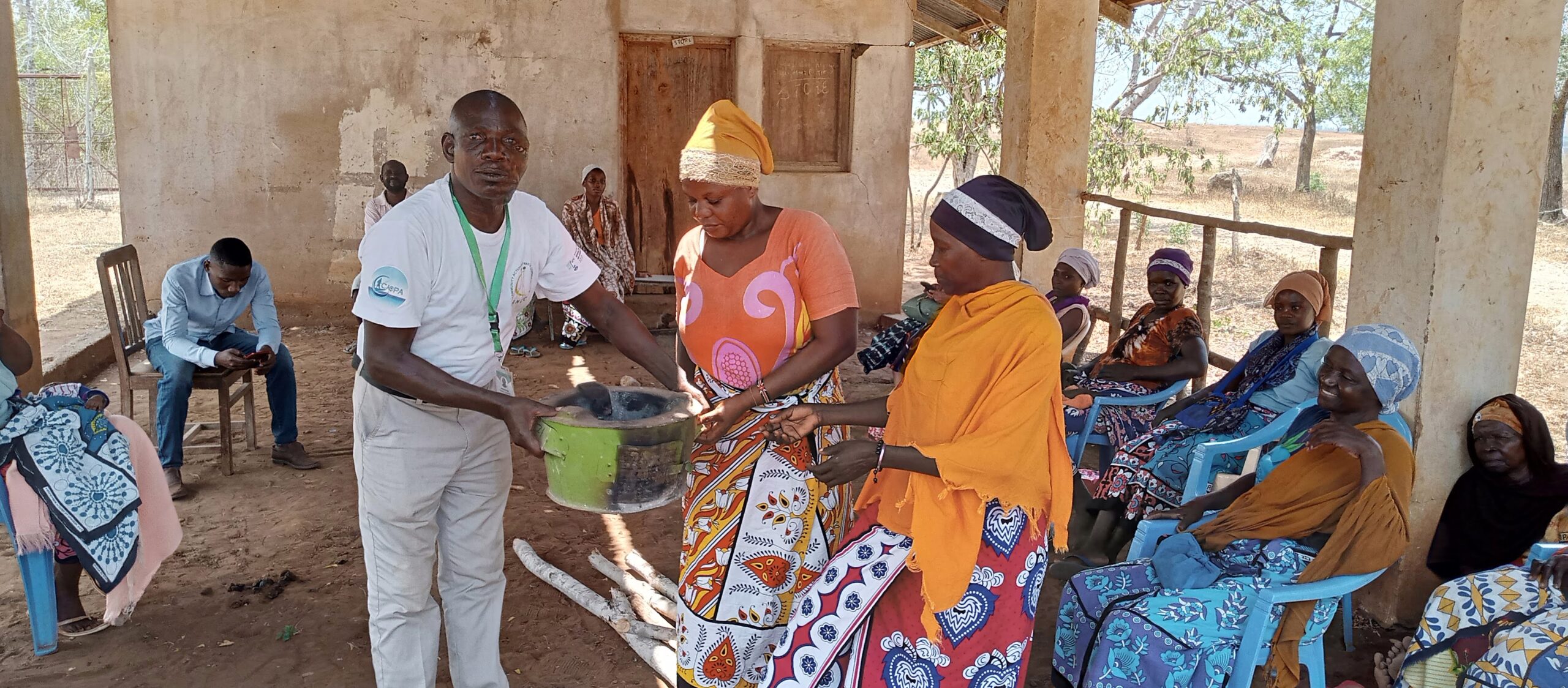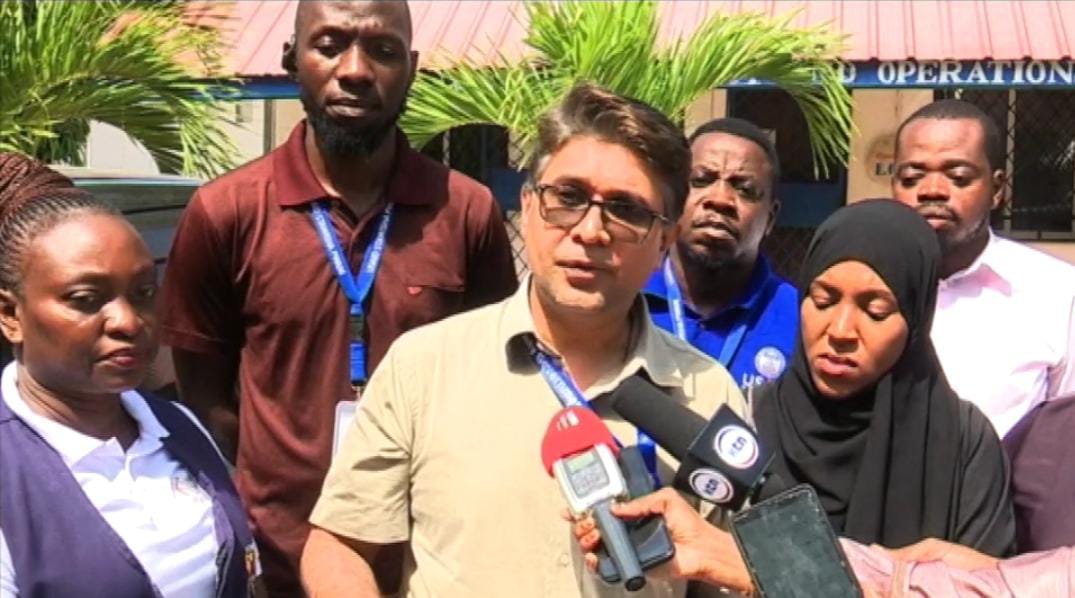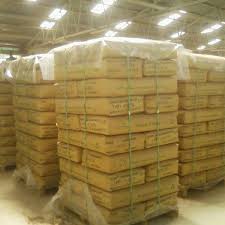Women from Bonje living adjacent Mwache forest in Kinango sub county, Kwale County receiving energy-saving cookstoves after undergoing training/Photo Mazera Ndurya
As climate change continues to ravage the core of the food chain, women and children tend to bear the brunt of this phenomenon. The demand for firewood has far outweighed the tree cover leading to a vicious cycle of poverty and diseases especially in rural areas where firewood remains the only source of energy for cooking.
The use of firewood has also been linked to an increase in health complications especially respiratory diseases for children as well as women as a result of smoke in poorly ventilated houses.
Health Africa, in its article ‘why wood smoke is dangerous to health’ says a study conducted in 2013/2014 by a young researcher Ms Aziza Abdulkadir from the State University of Zanzibar (SUZA) confirms similar dangers from the traditional kitchens, where majority of mothers still burn firewood to cook food.
Despite extensive research on the effects of biomass fuels on human health, it is estimated that more than three billion people (almost half of the world population), still cook in their homes using traditional fire and Stove and burning biomass fuels like wood, dung and crop waste.
Scientists say burning of these fuels has been found to produce lots of noxious pollutants mainly particulate matter, carbon monoxide, nitrous oxides, formaldehydes and carcinogens such as benzo (a) pyrene.
These pollutants have been linked with the increased prevalence of lower respiratory infections such as bronchitis, pneumonia and chronic obstructive pulmonary disease (COPD), upper respiratory health infections such as runny nose, cough, sneezing, sore throat etc and lung cancer when continuously used and for long duration.
World Health Organization (WHO) estimates that continuous use of biomass for cooking expose women and children to high level of pollution more than 100 times than the level set by WHO, claiming the lives of 1.5 million people a year or 1 person in every second.
According to the findings from the study, women and children are exposed to high 24–hour levels of Particulate Matter (PM2.5) and carbon dioxide, 24-fold and 9-fold respectively, and 2-times the measured level during cooking times compared to the safe level set by WHO.
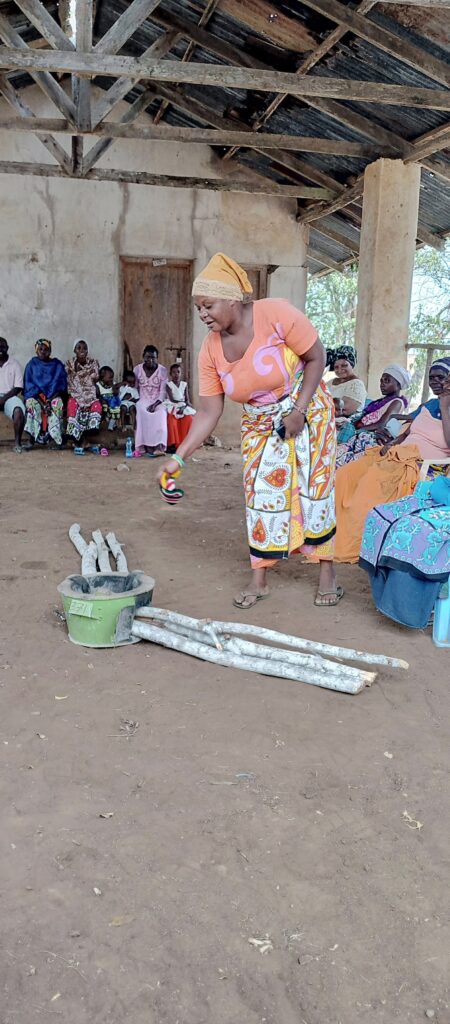
A woman demonstrating how to use an energy saving cookstove in Mwache. The stove uses only one piece firewood easing pressure on the nearby forest/ Photo Mazera Ndurya
Therefore, the introduction of the so-called energy saving cook stoves for the community living around the Mwache forest in Kwale County in the Kenyan Coast may seem a blessing to the women who can now enjoy cooking using much fewer firewood and better health. However, questions linger on the compliance rate.
The Mwache area also extends to the creek meaning that the residents use both mangroves and the terrestrial forest trees for wood fuel.
The energy saving stoves project coordinator for Samburu and Kinango sub-counties, Juma Mwashanga said they have already distributed 18,250 stoves in the two areas.
Even with the reduction in the amount of firewood used and reducing the frequency of going to the forest to fetch wood fuel, the new cook stoves are smoke free.
According to Mwashanga, a community development officer, the plan is to distribute about 20,000 stoves that have with it a carbon offset component expected to sell 60,000 tons of carbon per year and link the rural villages to the international carbon market in the next 10 years.
However, Mwashanga agreed that not all the stoves given out are being used and that is the reason they are currently involved in a survey to establish the compliance levels.
“An initial survey that was carried out two months ago showed that out of the 18,250 stoves that have been given out in the last two years, only 6,000 households, representing about 33 percent, were actually using the stoves.
12,250 households are not using the stoves even though they were given, and 600 stoves cannot be traced,” he said.
Kitchen Performance Test

State of Mwache forest in Kwale County. The move to introduce energy saving stoves was to save the forest from destruction and ultimately start selling carbon credits/Photo Mazera Ndurya
Mwashanga said a Kitchen Performance Test (KPT) carried before the project roll-out on normal three stone traditional cookers was at 13.3. For the energy saving stove project to start generating carbon it should have a KPT of between 6.2 and 7.2.
According to Clean Cooking Alliance the Kitchen Performance Test (KPT) is a field-based method used to evaluate the effectiveness and fuel efficiency of improved cook stoves in real-world settings. It is typically conducted over several days in households to measure the actual fuel consumption of cook stoves when used for everyday cooking tasks. The test helps to compare the performance of improved stoves against traditional stoves or open fires.
The method focuses on Fuel Consumption -the primary metric of a KPT is how much fuel (usually wood or other biomass) is used for cooking over a given period;
Household cooking practices-taking into account the cooking habits of the household, providing real-life data on stove performance rather than laboratory conditions;
Impact on Environment -by measuring fuel savings, it estimates the potential reduction in deforestation and greenhouse gas emissions;
Health Benefits – reduced fuel consumption generally leads to lower indoor air pollution, which can improve health outcomes.
However, the Carbon market and the cook stoves projects in Africa has become a dicey matter with questions being raised as to the fidelity of the carbon trading.
Mwashanga said the process towards getting the carbon credits is an arduous one that requires constant oversight to actually ascertain that the stoves are being used within the designated area.
At the moment, he said, there is evidence that some families have moved out of the area and have to be replaced by new members to fill up the gap because carbon credits are measured by compliance levels.
Voluntary Carbon Markets
This explains how difficult it is to get the payment for ecosystem services through the Voluntary Carbon Market (VCM) system.
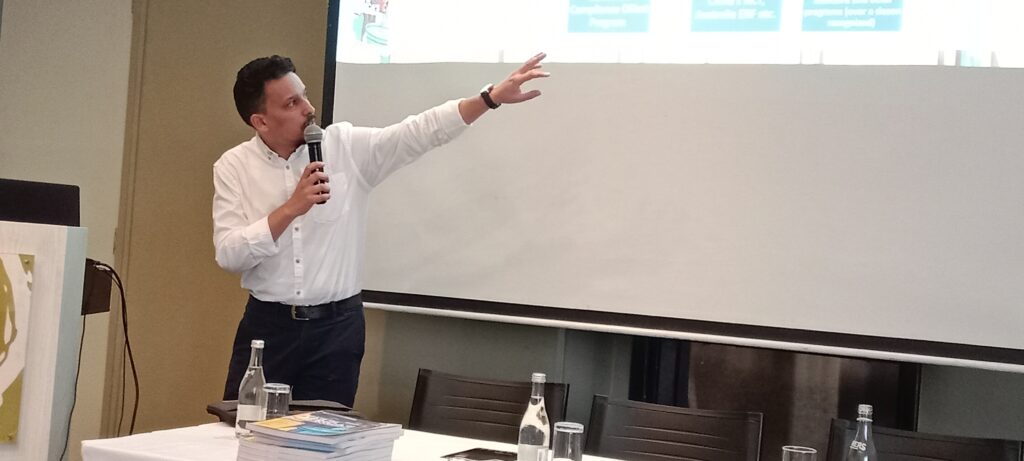
Trishant Dev, Programme Officer, Climate Change, CSE, India taking journalists through the carbon markets presentation at the Eka hotel in Nairobi, Kenya during the launch of the State of Africa’s Environment, 2024/Photo Mazera Ndurya
An overview of Carbon Markets in Africa, a project of the Centre for Science and Environment (CSE) of India reveals that Africa’s role in the carbon market began with hosting projects that issued carbon credits traded on the global market. The report was presented at the launch of the State of Africa’s Environment in Nairobi Kenya by CSE together with DownToEarth and Media for Environment, Science, Health and Agriculture (MESHA).
“Some of the earliest carbon markets in Africa emerged in the late 1990s, beginning with forest conservation initiatives in East Africa. One of the first REDD+ projects in the Voluntary Carbon Market (VCM) was initiated during this period: The Kasigeu Corridor REDD+ project in Kenya. Another notable project in Kenya is Mikoko Pamoja project which was among the first in the world to issue carbon credits from mangrove conservation,” said the report.
The Centre for Science and Environment (CSE) through DownToEarth, unveiled a report on an investigation into the Carbon Trade titled “Discredited, a forensic Dive into Carbon Trade” which was presented during the launch of the State of Africa’s Environment, 2024 in Nairobi, Kenya.
In his special briefing on Carbon Markets in Africa, Trishant Dev, Programme Officer, Climate Change, CSE, India, based on a study done in India noted that the entire carbon market is heavily discredited.
This is what DownTo Earth in its DISCREDITED report said about Voluntary Carbon Market (VCM); “VCM is a sophisticated ecosystem. It involves a multitude of players to ensure that carbon- offset project reduces Green House Gasses (GHG) emissions. But in this cozy carbon club, conversations take place in closed doors; no one wants to talk about prices. It’s a world designee by developers, verifiers, validators and registries to make money.”
The study on improved cook stoves revealed that the distribution of the stoves as a business model has picked up in recent years. Over 300 cook stove projects were added to key carbon registries in 2022 alone, mostly in Africa and South Asia.
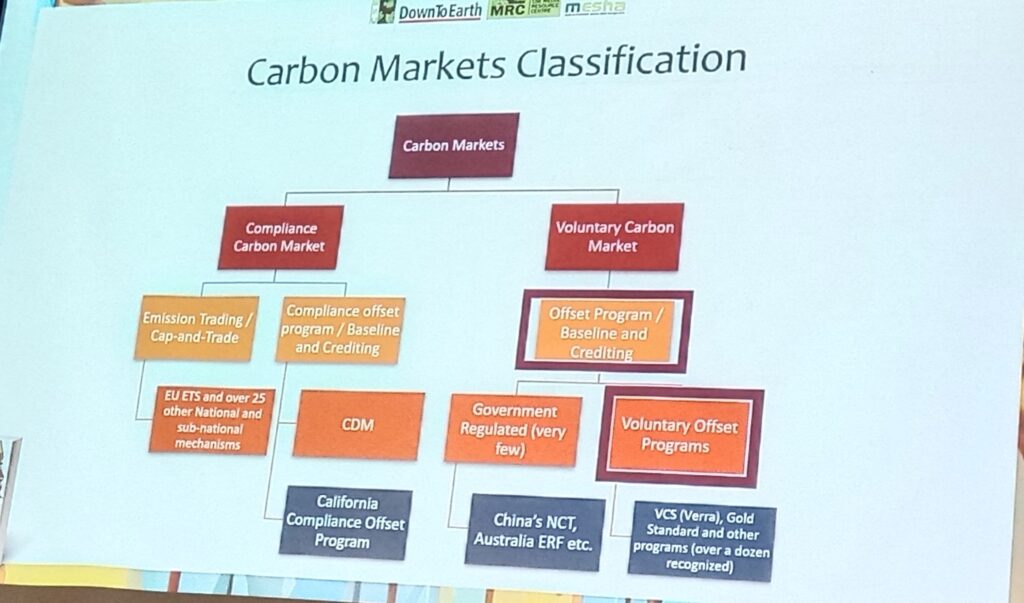
Carbon Market Classification/Photo Mazera Ndurya
Dev pointed out some challenges in starting the investigations into the voluntary carbon markets projects. They included;
Lack of government data: There is no centralized government database tracking the number of voluntary carbon market projects;
Capacity of contracts: Individual companies make contracts often protected by confidentiality clauses resulting in no transparency regarding project sites, pricing or beneficiaries;
Database development: we worked to build our own database, listing 1,451 projects in India across different categories but even with this database, identifying project developers and sites remained difficult. Besides, developers were not ready to communicate asked for the signing of non-disclosure agreements.
In its study findings on carbon markets in Africa, CSE writes: “Despite its early initiatives, Africa has had a minimal presence in the carbon market. As of March, 2022, the Clean Development Mechanism (CDM, a market established under the Kyoto Protocol and led by UNFCC, saw only approximately 3 percent of its carbon credit projects originating from Africa. This was due to insufficient investment in projects such as solar and wind energy which were prevalent in other regions like China and India.
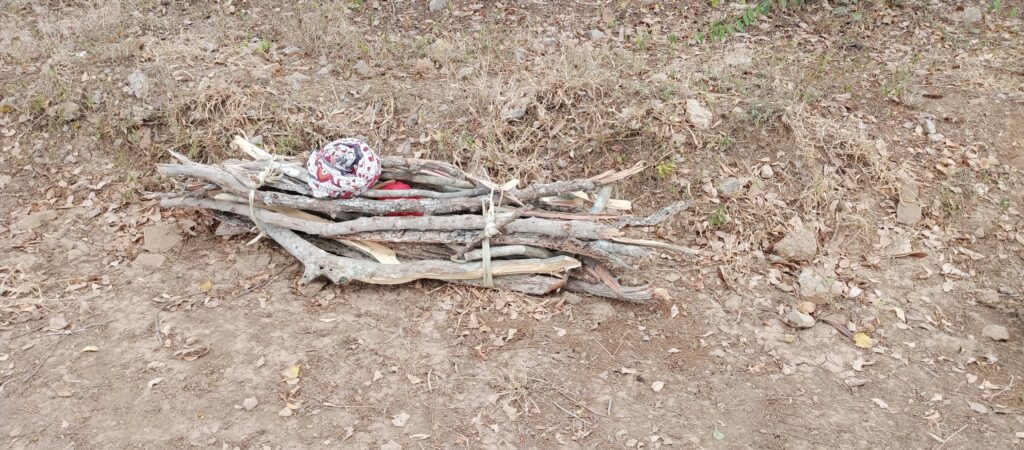
Firewood fetched from the Mwache forest for use as wood fuel in a homestead. The introduction of energy saving stoves is set to reduce the cutting of trees for firewood/Photo Mazera Ndurya
“As the VCM developed and businesses started investing more in forestry and community projects, Africa’s presence in the carbon market grew too. By 2024, the region was about one-fifth of the projects listed in top carbon market registries. Investment in these projects also went up making up nearly 17 percent of the total investment in voluntary carbon projects.”
Cook stove projects
Unlike in other countries where the cook stoves come in different types based on technological solution being used including biomass such as wood, crop residues, dung or charcoal; or even solar, biofuel, electric and LPG, for Mwache, the energy saving stoves still use firewood but in reduced quantities. Mwashanga said the households pay Ksh300 (about 2US dollars) for a stove and also serves as membership fee to the project.
“The idea is that these stoves use less fuel and produce fewer emissions compared to traditional stoves, reducing the amount of carbon released into the atmosphere. Project developers then calculate the amount of carbon emissions avoided by using these cleaner stoves and claim carbon offsets for the reduction. These offsets are certified by voluntary carbon offsetting standards and can be sold in the voluntary carbon markets, “explained CSE in its report.

